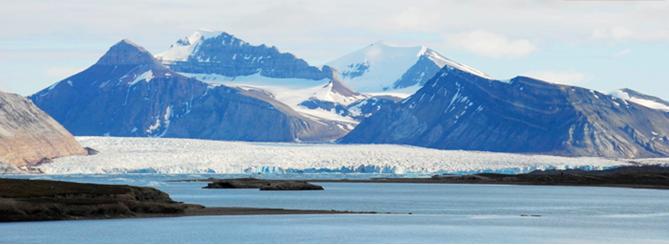
A photo taken at the North Pole.
In the past winter vocation, ‘Geographic China’ of CCTV 10 broadcasted last summer’s Arctic expedition at the Yellow River Station organized by Chinese Arctic and Antarctic Administration. Zhu Zhuoyi and Zhang Ruifeng from State Key Laboratory of Estuarine and Coastal Research, ECNU participated in the 3-week expedition.
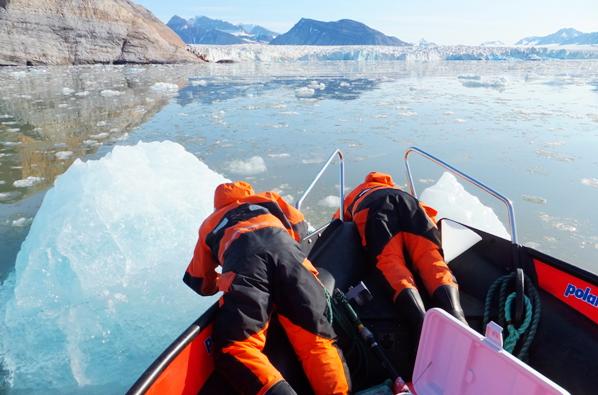
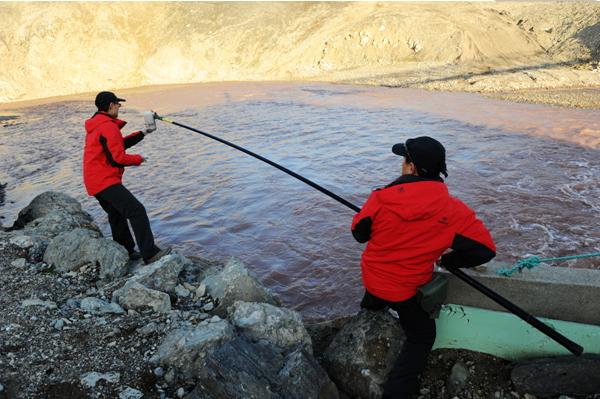
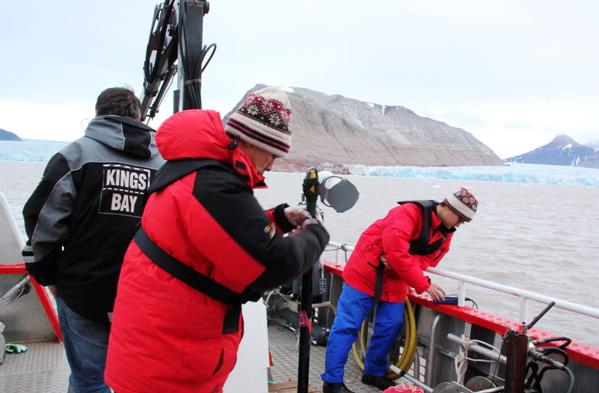
Zhu Zhuoyi and Zhang Ruifeng at work.
The Yellow River station in Ny-Ålesund (78°55'N,11°56'E), on Svalbard,the first Chinese Polar research institute, was established on July 28, 2004. To obtain a preliminary exploration of the transportation and distribution of basic biogeochemical elements in high-latitude zone, Zhu and Zhang arrived at Arctic Yellow River Station on August 3, 2012 to begin their 3-week expedition. During the expedition, they collected samples from areas including the surrounding districts of the Station, the Kings Bay, the area of Bayelva River, and the sea area adjacent to the King Bay and Bayelva River. After finishing their planned work, the two ECNU teachers left the Station and returned to Shanghai.
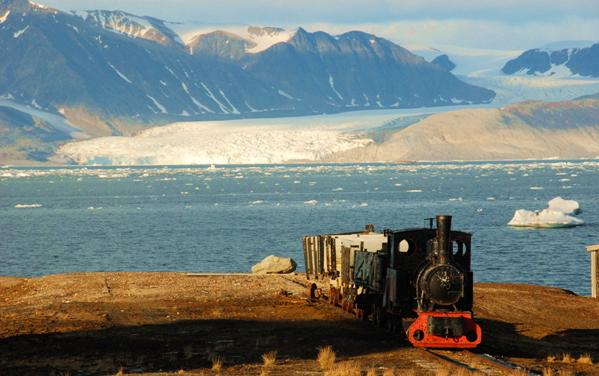
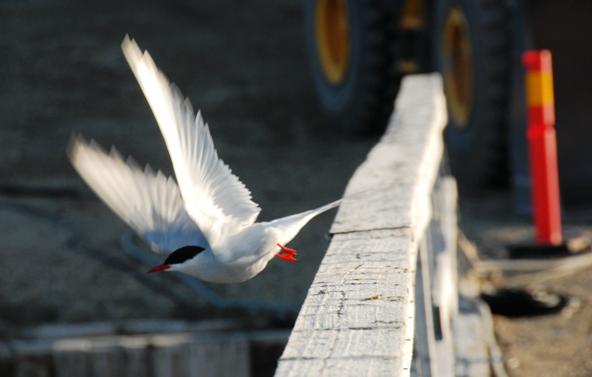
Scenes at the North Pole.
After close quarantine inspection, the samples collected by the two ECNU teachers were sent to State Key Laboratory of Estuarine and Coastal Research safe and sound. At present, the samples are under strict analysis. During the expedition, scientists including Zhang and Zhu found out that the biogenic elements level in Kings Bay is quite low and there exists photosynthesis in the Bay despite its lack of life activities.
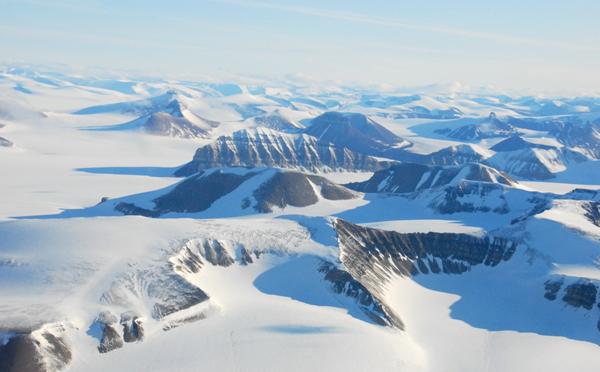
A birds-eye view of the Svalbard.
With the global climate change in recent years, the Polar Regions have become hot spots for research and many top institutes and research teams in the world have engaged in this area. In August, 2010, Academician Zhang Jing, an ECNU professor, also made an Arctic scientific expedition co-sponsored by Chinese Arctic and Antarctic Administration and State Key Laboratory of Estuarine and Coastal Research.
Written by: Shi Yangyang
Edited by: Liu Jinyu


















